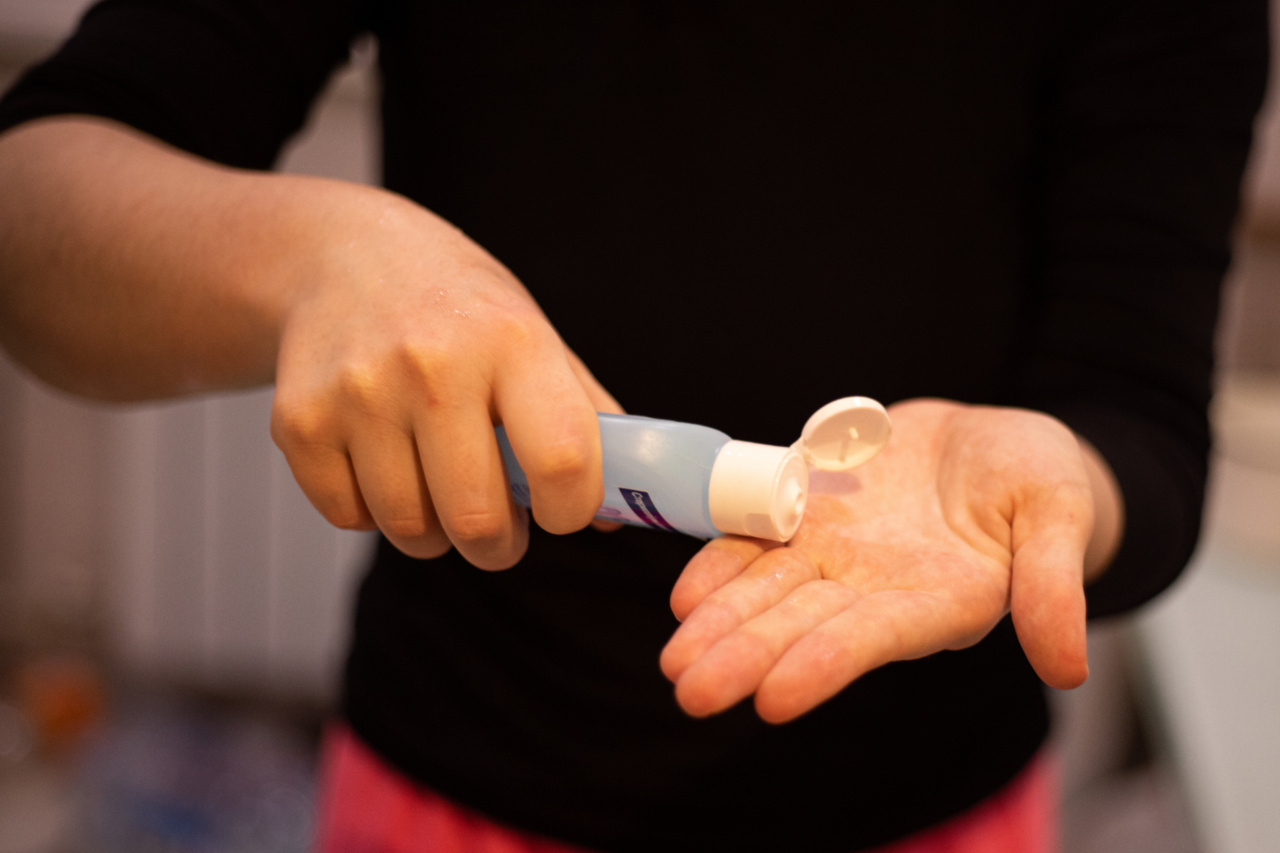Skin flu, also known as acute viral dermatitis, is a skin condition that is caused by a virus. The symptoms of skin flu include a rash, blisters, and itching. While skin flu is not a serious condition, it can be uncomfortable and unsightly.
In this article, we will explore the causes and treatments of skin flu.
Causes of Skin Flu
Skin flu is caused by a virus, and it is highly contagious. The virus is spread through direct contact with an infected person, or through contact with objects that an infected person has touched.
The virus can also be spread through the air when an infected person coughs or sneezes. Skin flu is most common in children, but it can affect people of all ages.
There are several different viruses that can cause skin flu. The most common virus is the coxsackievirus, which is also responsible for causing hand, foot, and mouth disease.
Other viruses that can cause skin flu include the herpes simplex virus, the varicella-zoster virus (which causes chickenpox and shingles), and the enterovirus.
Symptoms of Skin Flu
The symptoms of skin flu typically appear within a few days of being exposed to the virus. The most common symptoms include:.
- A rash on the skin
- Blisters that may burst and leak a clear fluid
- Redness and swelling around the blisters
- Itching or burning sensation on the skin
- Fever
- Fatigue
- Sore throat
- Headache
The rash caused by skin flu usually appears on the hands, feet, and mouth, but it can also appear on other parts of the body. The rash may be accompanied by blisters that are filled with fluid.
These blisters can be quite painful, and they may burst and leak a clear fluid. The rash may also be accompanied by redness and swelling around the blisters.
Treatments for Skin Flu
There is no specific treatment for skin flu. The virus will usually run its course within a few days to a week. However, there are several things that you can do to help manage the symptoms of skin flu:.
- Take over-the-counter pain relievers such as acetaminophen or ibuprofen to reduce fever and relieve pain
- Apply calamine lotion or a lotion containing menthol to ease itching and discomfort
- Drink plenty of fluids to keep your body hydrated
- Rest as much as possible to help your body fight the virus
- Avoid scratching the rash or blisters, as this can cause an infection
If the blisters are very painful and are interfering with your ability to eat or drink, your doctor may prescribe an oral numbing medication such as lidocaine.
In rare cases, skin flu can cause complications such as dehydration, secondary bacterial infections, and meningitis. If you experience any of the following symptoms, seek medical attention immediately:.
- Difficulty breathing
- Severe headache or neck pain
- Stiff neck
- Confusion or disorientation
- Seizures
- Severe abdominal pain or vomiting
- Dehydration (signs include dry mouth, decreased urine output, and sunken eyes in children)
Preventing Skin Flu
The best way to prevent skin flu is to practice good hygiene. This includes:.
- Washing your hands frequently with soap and water, especially after contact with an infected person or objects they have touched
- Avoiding close contact with people who are sick
- Covering your mouth and nose with a tissue when you sneeze or cough, and disposing of used tissues immediately
- Cleaning and disinfecting objects and surfaces that may be contaminated with the virus
- Avoiding sharing cups, utensils, or other personal items with someone who is sick
Conclusion
Skin flu is a common and highly contagious skin condition that is caused by a virus. While skin flu is not usually a serious condition, it can be uncomfortable and unsightly.
There is no specific treatment for skin flu, but the symptoms can be managed with over-the-counter medications and home remedies. If you experience any complications or severe symptoms, seek medical attention immediately. To prevent skin flu, practice good hygiene and avoid close contact with people who are sick.































